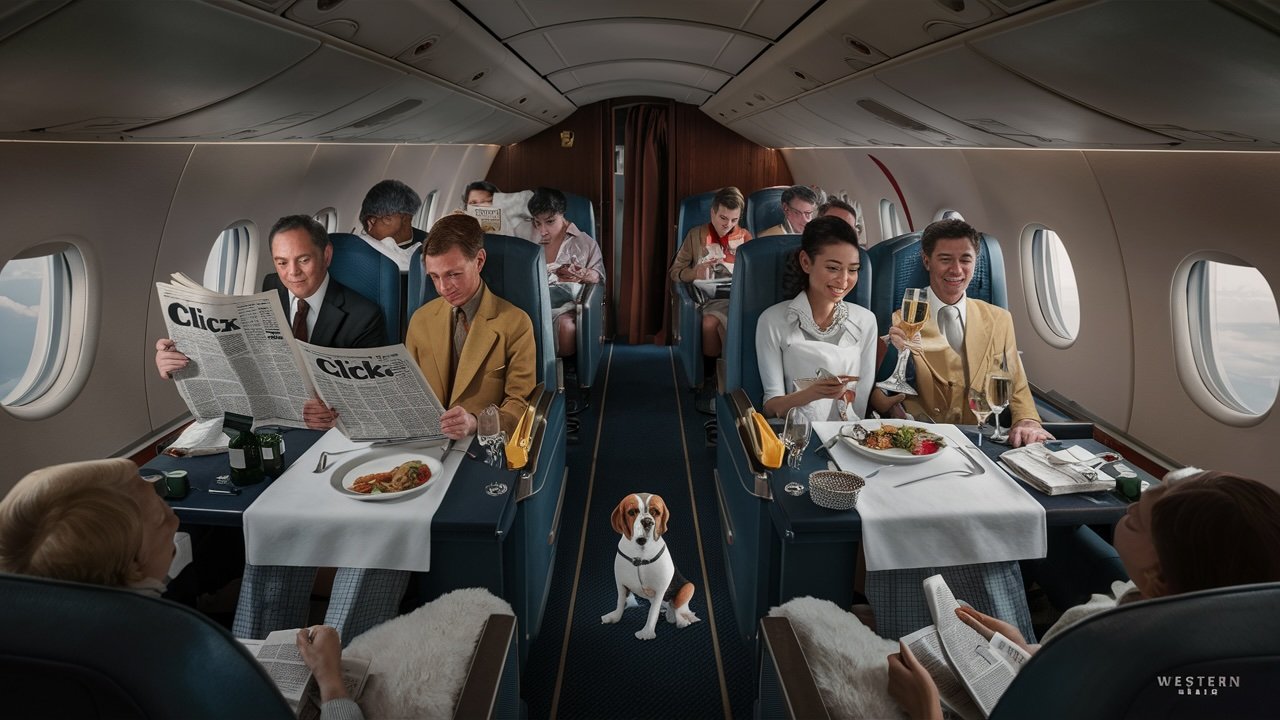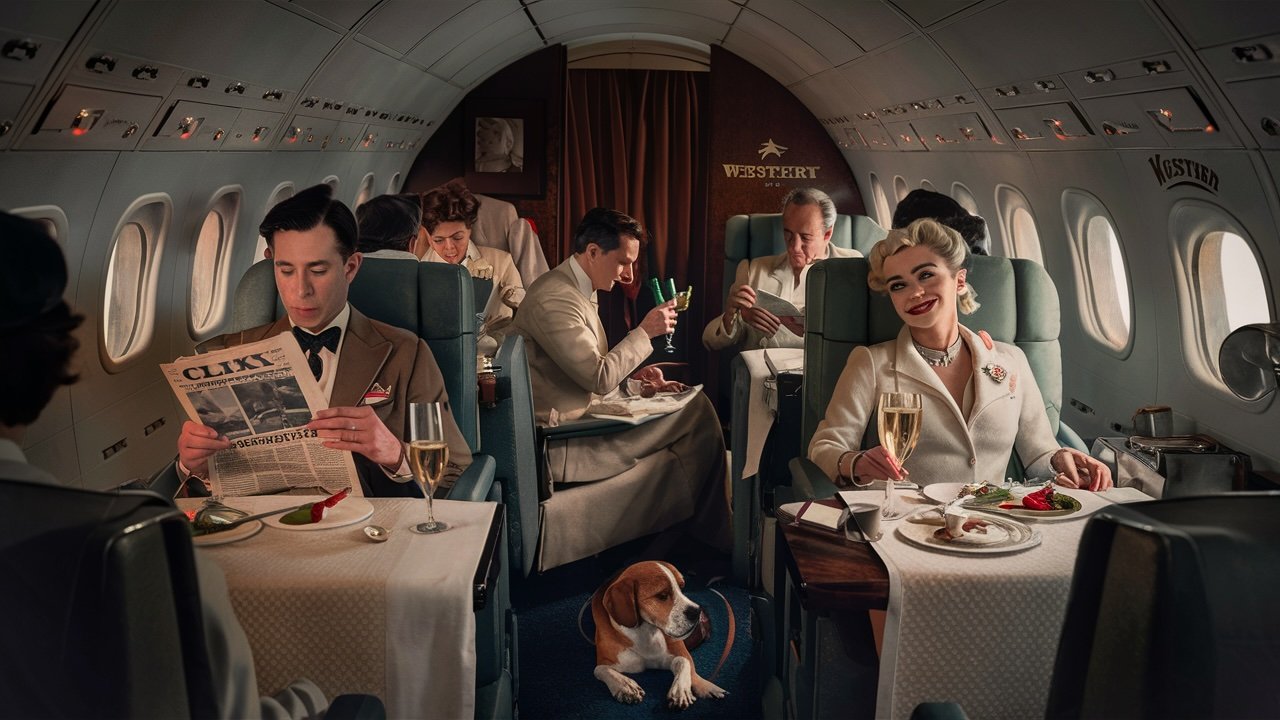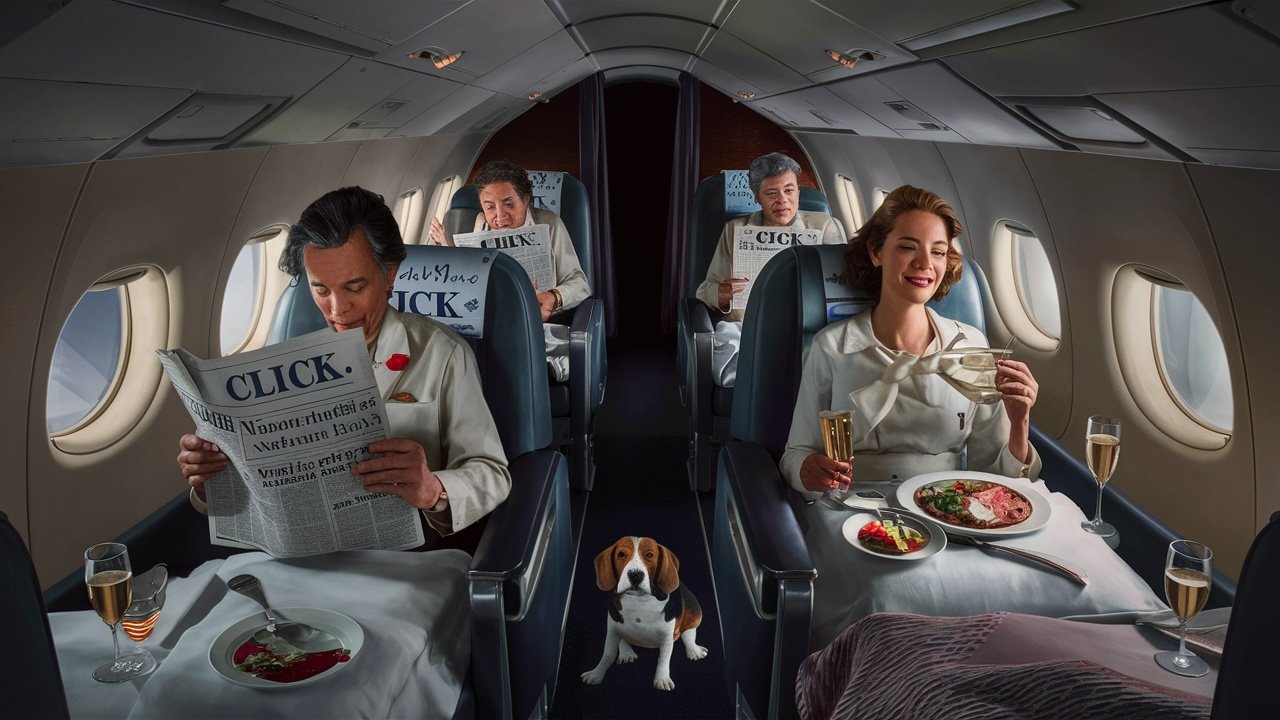Click Contrails
In the 1950s, U.S. civilian passenger airline service was experiencing significant growth and transformation. This decade marked the beginning of the jet age, though most commercial flights were still operated with propeller-driven aircraft. Here are some key details about the era:
Major Airlines
- Pan American World Airways (Pan Am)
- Trans World Airlines (TWA)
- American Airlines
- United Airlines
- Eastern Air Lines
- Delta Air Lines
Popular Aircraft
- Douglas DC-3: A workhorse of the industry, widely used for shorter routes.
- Lockheed Constellation (L-049, L-749, and later models): Known for its distinctive triple-tail design and long-range capability.
- Douglas DC-4 and DC-6: Used for longer domestic and international flights.
- Boeing 377 Stratocruiser: A luxurious plane with amenities like sleeping berths and a lower-deck lounge.
- Convair 240/340/440 series: Utilized for medium-range routes.
Cost of Air Travel
Air travel in the 1950s was relatively expensive compared to today, often considered a luxury reserved for the affluent or business travelers. Here are some indicative fares from that period:
Sample Fares (1950s Prices)
- New York to Los Angeles: Approximately $200-$300 round trip, equivalent to about $2,000-$3,000 today when adjusted for inflation.
- Chicago to Miami: Around $150 round trip, roughly $1,500 in today's dollars.
- San Francisco to Honolulu: Close to $400 round trip, or about $4,000 today.
Experience and Amenities
Flying in the 1950s was a glamorous affair:
- Comfortable Seating: Seats were more spacious compared to modern economy class.
- In-Flight Meals: Served on real china with silverware, often with multiple courses.
- Dress Code: Passengers typically dressed formally, with men in suits and women in dresses.
- Smoking: Allowed on most flights, with smoking sections designated in the cabin.
Airline Innovations
Pressurized Cabins: Introduced in aircraft like the Lockheed Constellation, allowing flights at higher altitudes, thus smoother and faster journeys.
Flight Attendants: Provided exceptional service, often including personal touches such as serving cocktails and offering blankets.
The 1950s set the stage for the rapid advancements that would come with the introduction of jetliners like the Boeing 707 and the Douglas DC-8 in the late 1950s and early 1960s. These jetliners revolutionized air travel by making it faster, more affordable, and accessible to a broader segment of the population.





